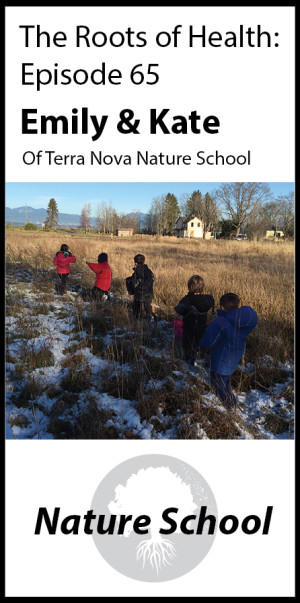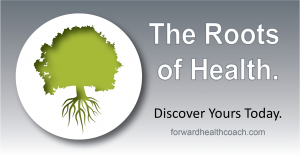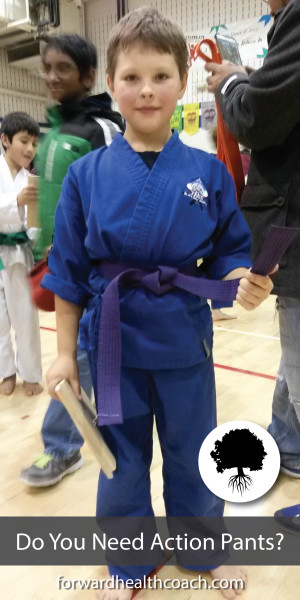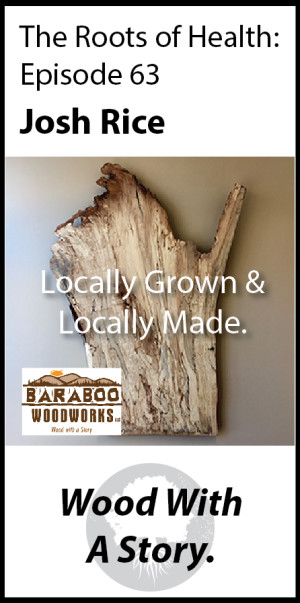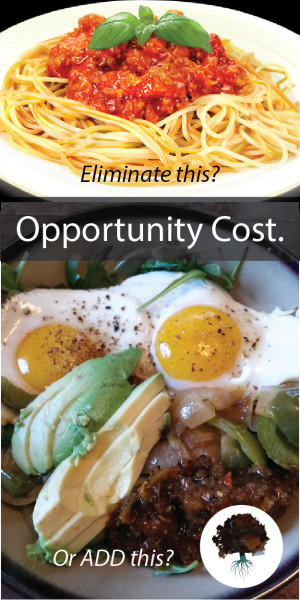 I like to look at things from every angle.
I like to look at things from every angle.
I like to not be dogmatic about things.
But I also like to interpret data 😉 Because, science.
You know what I consider to be the single biggest piece to my own personal health puzzle?
Re-defining food for myself.
When I first set out to figure out how to support my body to do what it had to do, I reasoned that a pretty direct way the cells in my body receive information is from the food that I choose to eat.
I think that’s a reasonable reasoning.
I know that there are a bunch of variables to that equation. It may not matter WHAT I eat if my digestive system isn’t working well enough to break down and assimilate the food, or if I lack the gut bugs necessary to assist me, or if I’m not moving in ways that nourish all of my body parts… But those variables aside, my first shift was to eat what I knew to be nutrient dense foods. Because…
My body was clearly screaming at me for nutrients. My heart was flipping out, my hair was falling out, my ovaries were clearly on strike, I was having ocular migraines, I was anxious, I was not right and I instinctually knew that medicating my problems was not solving them. And I feared that a lifetime of medication would simply lead to more and more medication. I’ve seen that slippery slope.
Back to nutrient denseness. Nutrient density is just like it sounds, the amount of bang for your buck. It refers to the nutrients per calorie really. A teaspoon of sugar contains pure energy that is devoid of nutrients, a teaspoon of liver contains pretty much pure nutrients. Those are two end members of the nutrient density spectrum for sure.
So what did I do? My approach was to ‘go paleo’. I understood this to be a whole foods approach that capitalized on nutrient dense foods while eliminating more energy dense foods. I still love this approach for people who are open to it… and most of all, self-aware. I caution people to understand the ‘why’ behind what they are doing and to not simply regurgitate paleo talking points. It’s important to feel comfortable eating food and to not fear it. It’s easy to get stuck in a paleo belief system and not be able to dig yourself out.
Case in point. My paleo belief was that ‘gluten is the devil’. That it is slowly killing us over decades, but it’ll get the job done.
Well – this may be true for some people… so I encourage everyone to understand their bodies, but the force is strong. And I spent years in fear of an isolated plant protein. That sort of anxiety can kill you quicker than gluten will. 😉
Full disclosure though, by adopting this paleo approach (grain-free, legume-free, sugar-free, refined seed oil-free, dairy-free), I was able to wean off of several prescription drugs, grow a crazy head of hair, take back control of my heart, kick my ovaries back into action, and lean out. And in my paleo-centric head, new found health was made possible by eliminating grains, gluteny gluteny grains.
Fast forward to today. I don’t consider myself ‘paleo’ anymore. I had to stop defining myself by the food I ate – it was stressful to give food that kind of control. However, I do still make choices on a daily basis that include upping my nutrient game. Whereas before, I attributed my health to the foods that I eliminated (read: a restrictive approach), today I attribute my health to the foods that I added, the foods that I now had the opportunity to eat (read: the abundance approach).
So when I order myself a burger-hold-the-bun-but-stick-it-on-a-pile-of-greens, it’s not because I fear carbs or grains or gluten… it’s because I choose the veggies every time now.
So, my point here is this. You may be experiencing an opportunity cost at each meal, and your health may be reflecting that. If you want to get some more nutrient bang for your buck with your meals, crowd out some of the more energy dense things (refined grains and sugars) with more of the nutrient dense things (all veggies & fruits in season, herbs, nuts, seafood, meats, beans).
And watch how your body thanks you.
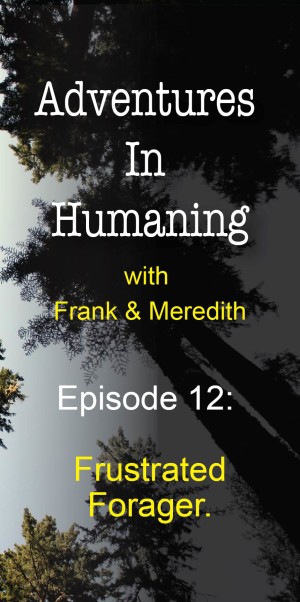 Hello again!
Hello again!
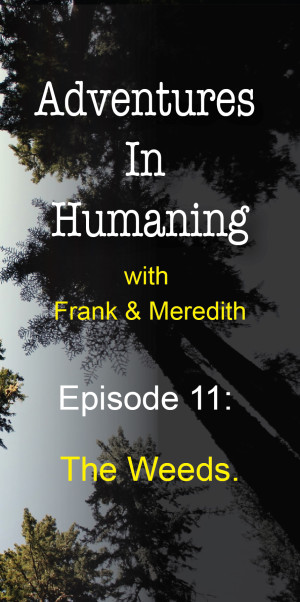
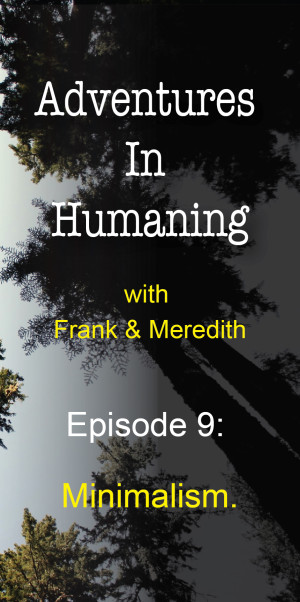 Minimalism.
Minimalism. 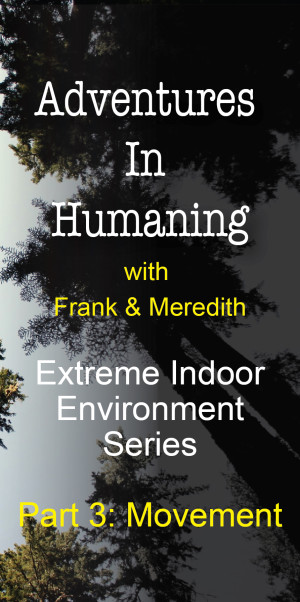
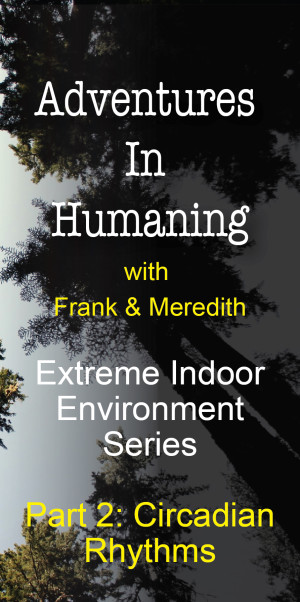
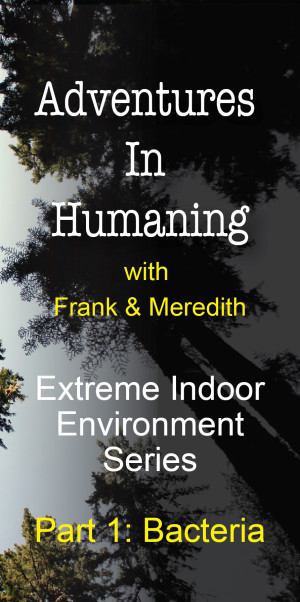 This week, we delve deep into an interesting topic. We challenge you to expand your definition of what you consider to be an extreme environment.
This week, we delve deep into an interesting topic. We challenge you to expand your definition of what you consider to be an extreme environment.